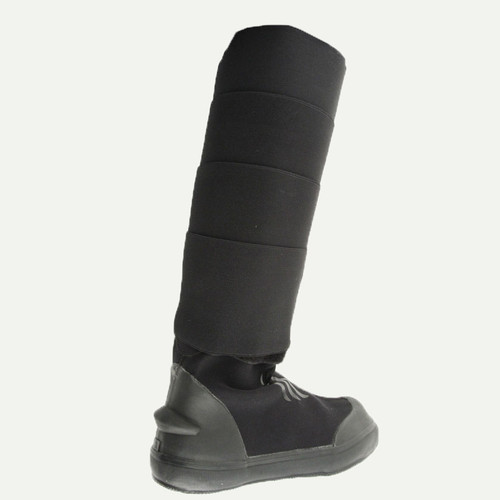Before changing anything or investing money in products that may or may not be the solution, know that learning to dive drysuit is almost akin to learning to dive again with regards to controlling buoyancy, body position, and overall corporal-spacial control.
Give yourself time in the water, a pool preferably, and about 6 to 10 sessions where you work on learning the feel of diving a drysuit and begin to develop the nuance necessary to comfortably control your body position and buoyancy with the suit.
Use that time to scope out the suit you wish to purchase and transition to it.
Once you have some experience in a drysuit, particularly the one you purchase, you may find you don't need any of the suggestions previously given in this discussion thread, but keep the info tucked away to address any issues that come up after you have some time and experience in the water in a drysuit, as it is mostly good info.
Diving a wetsuit does little to prepare one to transition to a drysuit, and many people find themselves in the position you are in where they did not realize they have to relearn stuff they had already mastered.
-Z




